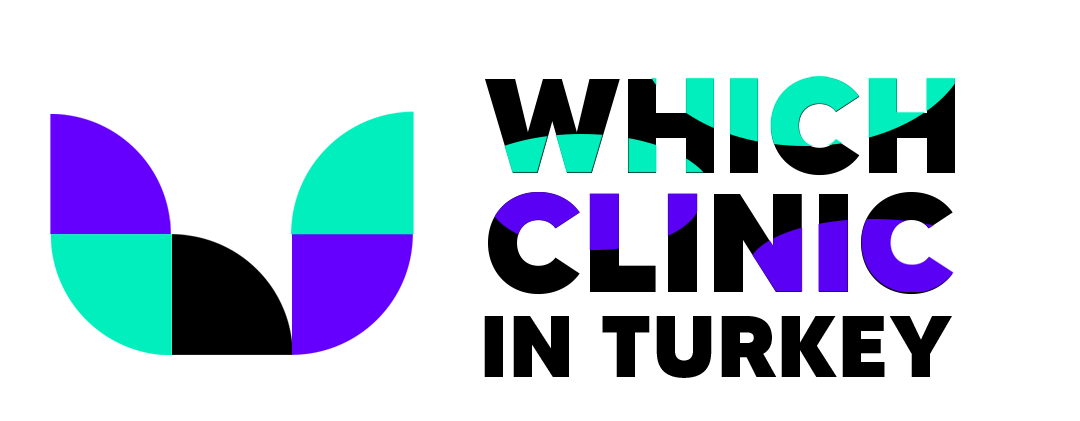What is the Ketogenic Diet?
What is the Ketogenic Diet?
The ketogenic diet is a diet that aims to burn fat with high fat and low carbohydrate consumption. The purpose of the ketogenic diet is to meet 70% of the daily energy needs from fats and to get enough protein and very low carbohydrates. The body’s primary source of energy is carbohydrates. When the body cannot get enough carbohydrates, it uses fats and finally proteins to meet its energy needs. With a ketogenic diet, the amount of carbohydrates taken is adjusted to be very low, so that the body uses fats as an energy source instead of carbohydrates. With too little carbohydrate intake, the body goes into a metabolic state called ketosis, which allows fat to be burned. However, a decrease in blood sugar and insulin levels is also observed in the ketogenic diet. The ketogenic diet not only provides weight loss, but also provides optimum energy level, prevention of inflammation and reduction of sugar cravings.
Why Is the Ketogenic Diet Applied? What is the benefit?
The ketogenic diet was first used in the treatment of epilepsy in children. Today, although it is used in the treatment of some diseases, it is an effective diet that is often preferred for weight loss. Ketogenic diet can be used in the treatment of diseases such as epilepsy, Alzheimer’s, Parkinson’s, diabetes, insulin resistance, hypertension. As a result of research, it has been seen that the ketogenic diet can be as effective as low-fat diets. Since the ketogenic diet consists of a diet rich in fat, it increases satiety and makes the diet easier to follow.
Benefits of the ketogenic diet:
- The ketogenic diet is as effective as other diets for weight loss.
- Insulin sensitivity can be increased with a ketogenic diet and may be beneficial for patients with type 2 diabetes and prediabetes.
- The ketogenic diet can reduce the symptoms of Alzheimer’s disease and slow its progression.
- It provides a decrease in epileptic seizures in children who have epileptic seizures.
- It helps to decrease the insulin level, which has an important role in polycystic ovary syndrome.
What Are the Types of Ketogenic Diets? What Can Be Eaten on a Ketogenic Diet?
- Standard Ketogenic Diet: It recommends high fat, low carbohydrate and adequate protein, which is the general principle of the ketogenic diet. Daily foods should consist of approximately 75% fat, 20% protein and 5% carbohydrates.
- Cyclic Ketogenic Diet: consists of combining a ketogenic diet with a high-carbohydrate diet. It is a 5-day ketogenic diet followed by a 2-day high-carbohydrate diet cycle.
- Targeted Ketogenic Diet: It allows athletes to add carbohydrates to the diet in line with their training. In addition to feeding with a ketogenic diet, it provides an increase in carbohydrate consumption in the diet in line with training.
- High Protein Ketogenic Diet: It is the consumption of more protein than the normal ketogenic diet. The diet consists of approximately 60% fat, 35% protein and 5% carbohydrates.
What to Eat in a Ketogenic Diet: Meat, chicken, fish, eggs, butter, cheese, nuts and seeds, healthy fats, low-carb vegetables.
What cannot be eaten in a ketogenic diet: Wheat-containing products, rice, pasta, fruits other than “berry” class, sugary foods and drinks, starchy vegetables, peas, potatoes, carrots, processed oils, sweets, alcohol.
How Long Can a Ketogenic Diet Be Done? Is there any harm in a long time?
There are two different views that the ketogenic diet should be a permanent diet or a temporary treatment method. Since the ketogenic diet is a difficult and risky diet, it is recommended to be applied under the control of a doctor or dietitian and terminated when necessary. Continuing the ketogenic diet for a long time has various health risks such as increased blood lipids, overloading the liver, and slowing down in metabolism.



